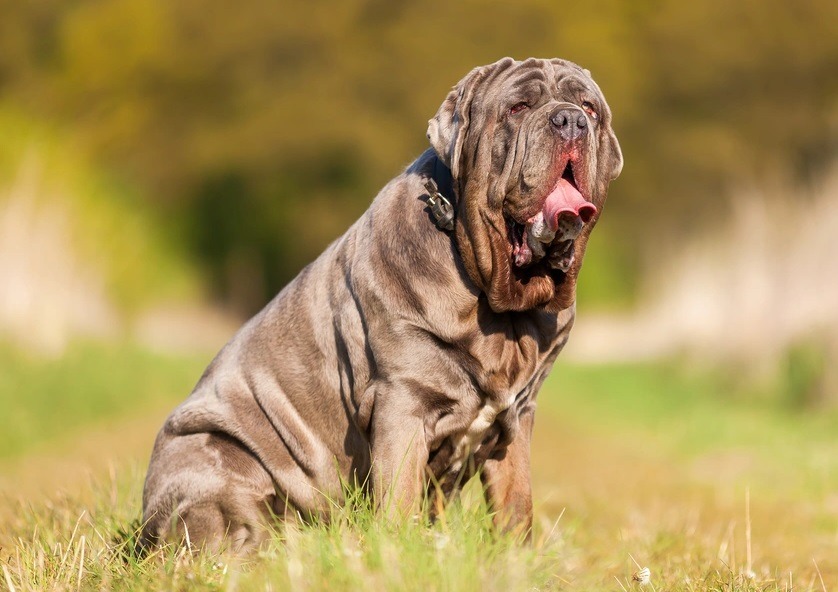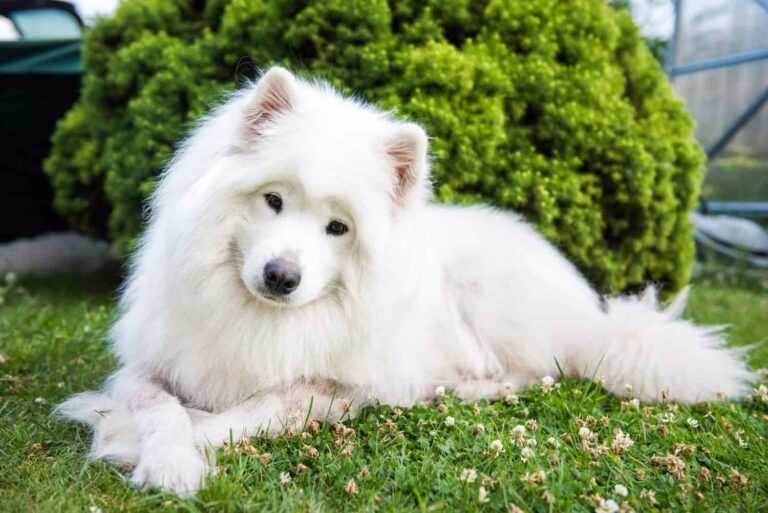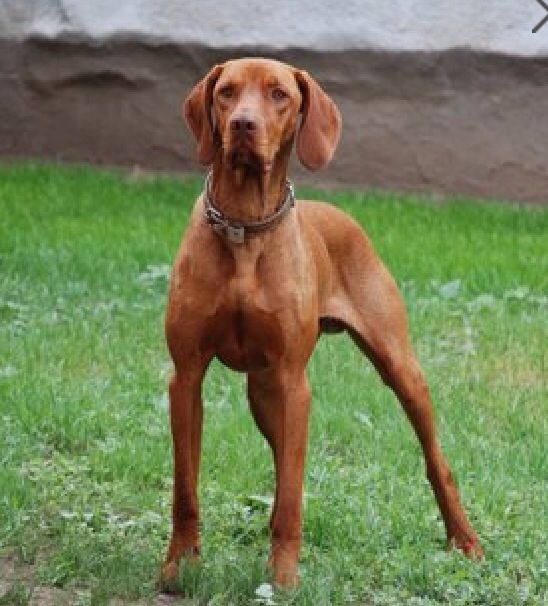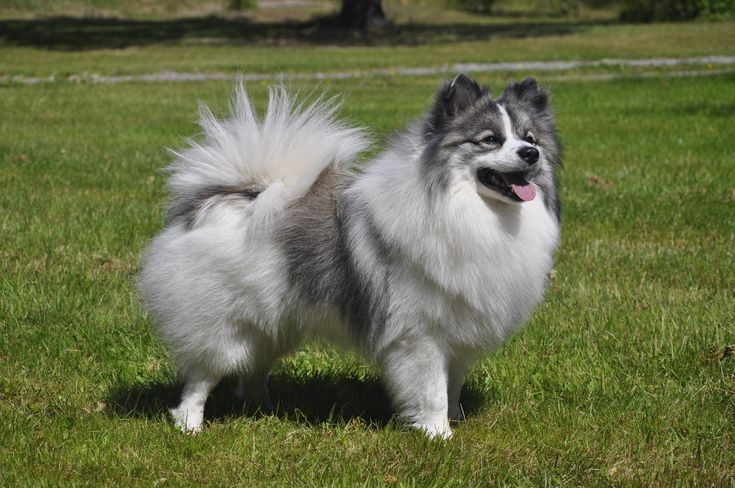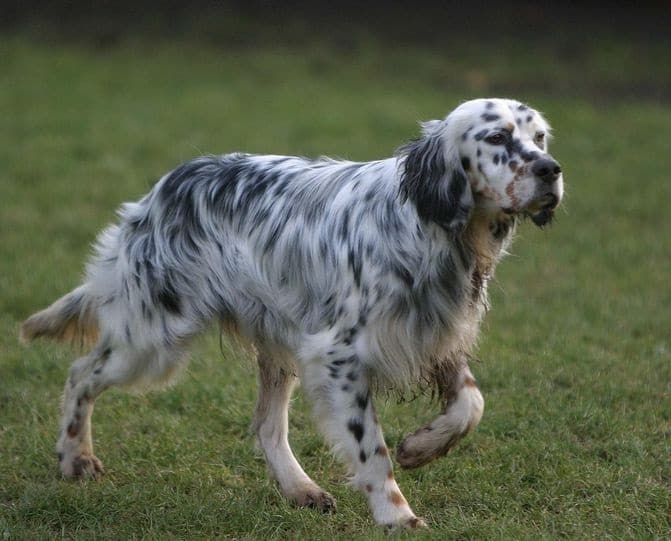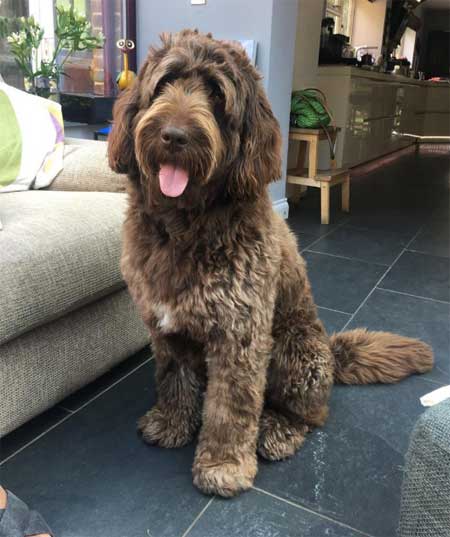Neapolitan Mastiffs is massive and protective Italian breed. If you are looking for a loyal and powerful guardian for your home or simply interested in learning more about these formidable dogs, you have come to the right place. In this article, we will delve into the history, characteristics, temperament, and care requirements of Neapolitan Mastiffs, providing you with all the essential information you need to know before bringing one into your life. So, let’s dive in and discover everything there is to know about these magnificent Italian giants.
History of Neapolitan Mastiffs
Origins of Neapolitan Mastiffs
The Neapolitan Mastiff is an ancient breed that can trace its roots back to ancient Rome. It is believed that these majestic dogs originated from the Tibetan Mastiff and were brought to Italy by the Roman armies. The Romans quickly recognized the strength, loyalty, and protective nature of these dogs, which made them ideal for guarding estates and properties.
Evolution of the Breed
Over the centuries, the Neapolitan Mastiff breed evolved and adapted to the Italian climate and lifestyle. They were primarily used as guard dogs and protectors, and their size and muscular build made them formidable. The breeders selectively bred these dogs to enhance their protective instincts, intelligence, and physical attributes. As a result, the Neapolitan Mastiffs became even more massive and imposing.
Popularity and Decline
During the Renaissance period, Neapolitan Mastiffs gained popularity among the Italian nobility. They were considered a symbol of power, wealth, and prestige. However, as the need for large estates and properties decreased, the demand for these massive dogs also declined. The breed faced a significant decline in numbers during the two World Wars, where their population dwindled due to the scarcity of resources and the devastation caused by the conflicts.
Despite the decline, dedicated breed enthusiasts and efforts by various kennel clubs helped revive the Neapolitan Mastiff breed. Today, they are still cherished for their protective nature, loyalty, and gentle disposition towards their family. While their popularity may not be as widespread as some other breeds, those who appreciate their unique qualities continue to admire and raise these magnificent Italian dogs.
Physical Characteristics
Size and Weight
Neapolitan Mastiffs are known for their massive size and impressive weight. Males typically stand between 26 and 31 inches tall at the shoulder, while females are slightly smaller, ranging from 24 to 29 inches. When it comes to weight, these dogs are truly formidable. Adult males can weigh anywhere between 130 and 155 pounds, with some individuals tipping the scales at even higher weights. Females, on the other hand, generally weigh between 110 and 130 pounds. It is important to note that these measurements may vary slightly depending on the individual dog and its specific bloodline.
Distinctive Features
One of the most striking features of Neapolitan Mastiffs is their imposing and intimidating appearance. These dogs have a strong and muscular build, with a wide and well-developed chest. Their heads are large and square-shaped, characterized by deep wrinkles and loose skin that forms distinct folds around the face. Neapolitan Mastiffs also have a pronounced dewlap, which is a loose fold of skin hanging from the neck. Their eyes are small, deeply set, and usually brown in color. The ears are medium-sized and triangular, hanging down close to the cheeks.
Coat and Colors
The Neapolitan Mastiff boasts a short and dense double coat that provides protection and insulation. The outer coat is coarse and smooth, while the undercoat is soft and thick. This combination offers these dogs excellent resistance to various weather conditions. When it comes to colors, Neapolitan Mastiffs come in a range of shades. The most common coat colors include solid black, gray, mahogany, tawny, and blue. Some dogs may also have markings or brindle patterns on their coats, adding to their unique and individual appearances. Regular grooming, including brushing and occasional bathing, helps maintain the coat’s health and cleanliness.
Temperament and Behavior
Protective Nature
Neapolitan Mastiffs are renowned for their protective nature. With a strong instinct to guard their family and property, they make excellent watchdogs. Their imposing size and intimidating appearance serve as deterrents to potential intruders. These loyal and fearless dogs will go to great lengths to protect their loved ones, making them highly valued as personal and property guardians.
Gentle and Loving
Despite their imposing size and protective instincts, Neapolitan Mastiffs have a gentle and loving side. When properly socialized and raised in a loving environment, they form strong bonds with their family members. They are known to be affectionate and often display a calm and patient demeanor, especially towards children. Neapolitan Mastiffs have a natural inclination to be gentle and nurturing, making them excellent family pets.
Training Challenges
While Neapolitan Mastiffs are intelligent dogs, their independent nature can present training challenges. They have a reputation for being stubborn, which can make training sessions more demanding. Consistency, patience, and positive reinforcement methods are crucial when training these dogs. Early socialization and obedience training are particularly important to ensure that their protective instincts are properly channeled. With the right approach, Neapolitan Mastiffs can become obedient and well-behaved companions, but it requires dedication and persistence from their owners.
Health and Care
Common Health Issues
Neapolitan Mastiffs are generally a healthy breed, but like any dog, they can be prone to certain health issues. It’s important for owners to be aware of these common health concerns and take appropriate measures to prevent or manage them. Some common health issues seen in Neapolitan Mastiffs include:
- Hip Dysplasia: This is a genetic condition where the hip joint doesn’t develop properly. It can lead to pain, lameness, and arthritis. Regular exercise, maintaining a healthy weight, and providing joint supplements can help manage this condition.
- Gastric Dilatation-Volvulus (GDV): Also known as bloat, this is a life-threatening condition that affects deep-chested breeds like Neapolitan Mastiffs. It occurs when the stomach fills with gas or fluid and twists, cutting off blood supply. Feeding multiple small meals, avoiding exercise after meals, and using elevated food bowls can help reduce the risk of bloat.
- Eye Problems: Neapolitan Mastiffs can be prone to various eye conditions, including entropion (eyelid rolling inward), ectropion (eyelid rolling outward), and cherry eye (prolapse of the third eyelid gland). Regular eye examinations and proper care are essential to prevent or manage these issues.
Exercise and Nutrition
Proper exercise and nutrition are crucial for the overall health and well-being of Neapolitan Mastiffs. Although they are a large and powerful breed, they have a moderate exercise requirement compared to other breeds. Here are some tips for exercising and feeding your Neapolitan Mastiff:
- Exercise: Neapolitan Mastiffs should be given daily exercise to keep them physically and mentally stimulated. However, it’s important to avoid excessive exercise, especially during their growth period, as it can put stress on their developing bones and joints. Regular walks, playtime in a securely fenced yard, and mental stimulation activities like puzzle toys are ideal for this breed.
- Nutrition: Neapolitan Mastiffs have specific nutritional needs due to their large size and potential for certain health issues. Feeding a high-quality, balanced diet that is appropriate for their age, weight, and activity level is essential. It’s advisable to consult with a veterinarian to determine the right type and amount of food for your Neapolitan Mastiff, as individual needs may vary.
Grooming Needs
Neapolitan Mastiffs have a short, dense coat that requires regular grooming to keep them clean and healthy. Here are some grooming tips for Neapolitan Mastiffs:
- Brushing: Brush your Neapolitan Mastiff’s coat at least once a week to remove loose hair and prevent matting. You can use a soft-bristle brush or a grooming glove to gently remove any dirt, debris, or dead hair. Pay special attention to areas like the neck, armpits, and hindquarters where the coat is thicker.
- Bathing: Neapolitan Mastiffs are not excessively prone to odor or skin issues, so they only need bathing when necessary. Use a gentle dog shampoo and thoroughly rinse off all the soap to avoid any skin irritation. Be cautious not to bathe them too frequently, as it can strip their coat of natural oils.
- Nail Trimming: Regular nail trimming is important to prevent overgrowth, discomfort, and potential injuries. Use a dog nail trimmer or grinder to carefully trim the nails, avoiding the quick (blood vessel) inside the nail. If you’re unsure or uncomfortable doing it yourself, consult a professional groomer or veterinarian.
Remember, maintaining good health and proper care for your Neapolitan Mastiff will contribute to their overall happiness and longevity. Regular veterinary check-ups, a balanced diet, appropriate exercise, and consistent grooming will help keep your Neapolitan Mastiff in top condition.
Neapolitan Mastiffs are a fascinating and impressive breed of dog. Their massive size and protective nature make them excellent guard dogs and loyal family companions. Originating from Italy, these dogs have a rich history and have been bred for centuries to be strong and formidable. With their distinctive appearance and gentle temperament, Neapolitan Mastiffs are sure to turn heads and capture hearts. If you are in search of a loyal and protective companion, look no further than the Neapolitan Mastiff.

